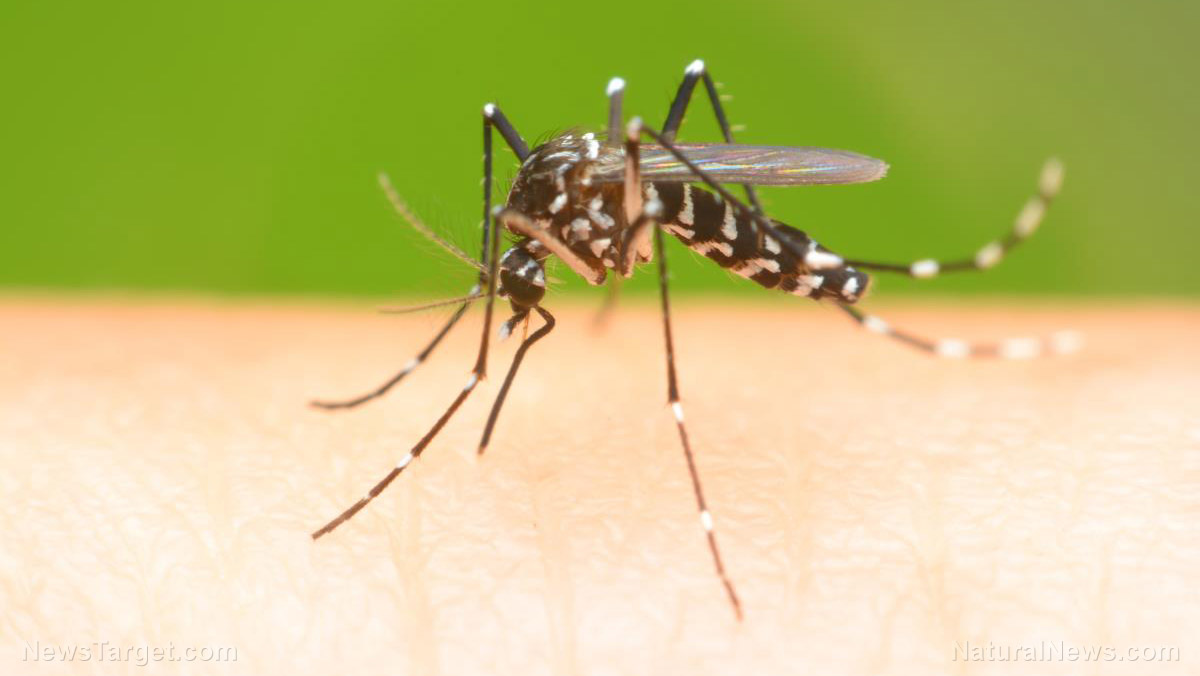
Just as experts think they are beginning to understand SARS-CoV-2 – the virus that causes COVID-19 – new information comes to light that creates more confusion.
When the first cases of the disease were reported in China, we were told that the only symptoms were fever, shortness of breath, and a dry cough. Soon, stories started to emerge of patients complaining that they had lost their sense of taste and smell. And then news reports came in of a confoundingly wide range of symptoms, with patients reporting everything from fatigue and body aches, to headaches, sore throat, a runny nose and even gastrointestinal symptoms like nausea, vomiting and diarrhea.
While COVID-19 initially seemed to present as a predominantly respiratory condition, as the months rolled by, experts realized that this virus could attack not just the lungs, but also the gut, blood, liver and kidneys. And more recent reports indicate that it can also cause serious neurological and psychiatric complications.
While for many the virus is so mild that they are hardly aware that they are ill, for hundreds of thousands of others it has proved fatal. And there doesn’t seem to be much of a pattern to the outcomes either, with some elderly people unexpectedly surviving, while some younger, stronger people inexplicably develop serious complications and die.
Some experts have called SARS-CoV-2 the perfect virus, adapting as necessary to unleash the most possible damage. It is almost as if it was engineered to be a perfect killing machine.
While the scientific community as a whole has insisted that this is simply a virus that developed spontaneously in nature, there is sufficient scientific evidence to raise serious questions about whether this killer disease might actually have been engineered by humans. (Related: Scientists increasingly say coronavirus was created in a lab.)
Is COVID-19 a man-made disease?
As reported by WIO News, studies into the make-up of the virus conducted in Norway and Britain raise questions about the origins of SARS-CoV-2:
The authors state two conclusions: (1) the mutations that would normally be seen in the course of animal to human transmission have not occurred in SARS-CoV-2, indicating that it was fully “pre-adapted” for human infection and (2) SARS-CoV-2 has insertions in its protein sequence that have never been detected in nature and contribute to its infectivity and pathogenicity.
That is, SARS-CoV-2 has a receptor binding domain specifically designed for the human angiotensin converting enzyme-2 receptor (ACE2) found in lungs, kidneys, intestines and blood vessels. [Emphasis added]
In other words, the incredibly high rate of infection and mortality of this virus are the result of insertions in its protein sequence that have never before been known to spontaneously occur in nature. (Related: Lab-invented bio-terrorism: researchers discover unique, manmade viral manipulations of the COVID-19 strain.)
And there’s more:
In addition, SARS-CoV-2 has a furin polybasic cleavage site not found in any closely-related bat coronaviruses as well as other artificially inserted charged amino acids that enhance the virus’ ability to bind to and enter human cells by forming “salt bridges” between the virus and the cell surface.
Those modifications are key to understanding the unique transmissibility and potency of SARS-CoV-2.
The authors explain that the COVID-19 pandemic is revealing neurological, haematological and immunological pathogenicity, which cannot be explained by infectivity via the ACE2 receptor alone.
Could it be that one of the greatest threats to face humankind in modern times was not just the result of some inexplicable fluke of nature, but the calculated work of human hands?
The evidence certainly raises serious questions that need to be answered urgently.
Stay informed, stay alive. Bookmark Pandemic.news.
Sources for this article include:
Cambridge.org[PDF]
Please contact us for more information.






































